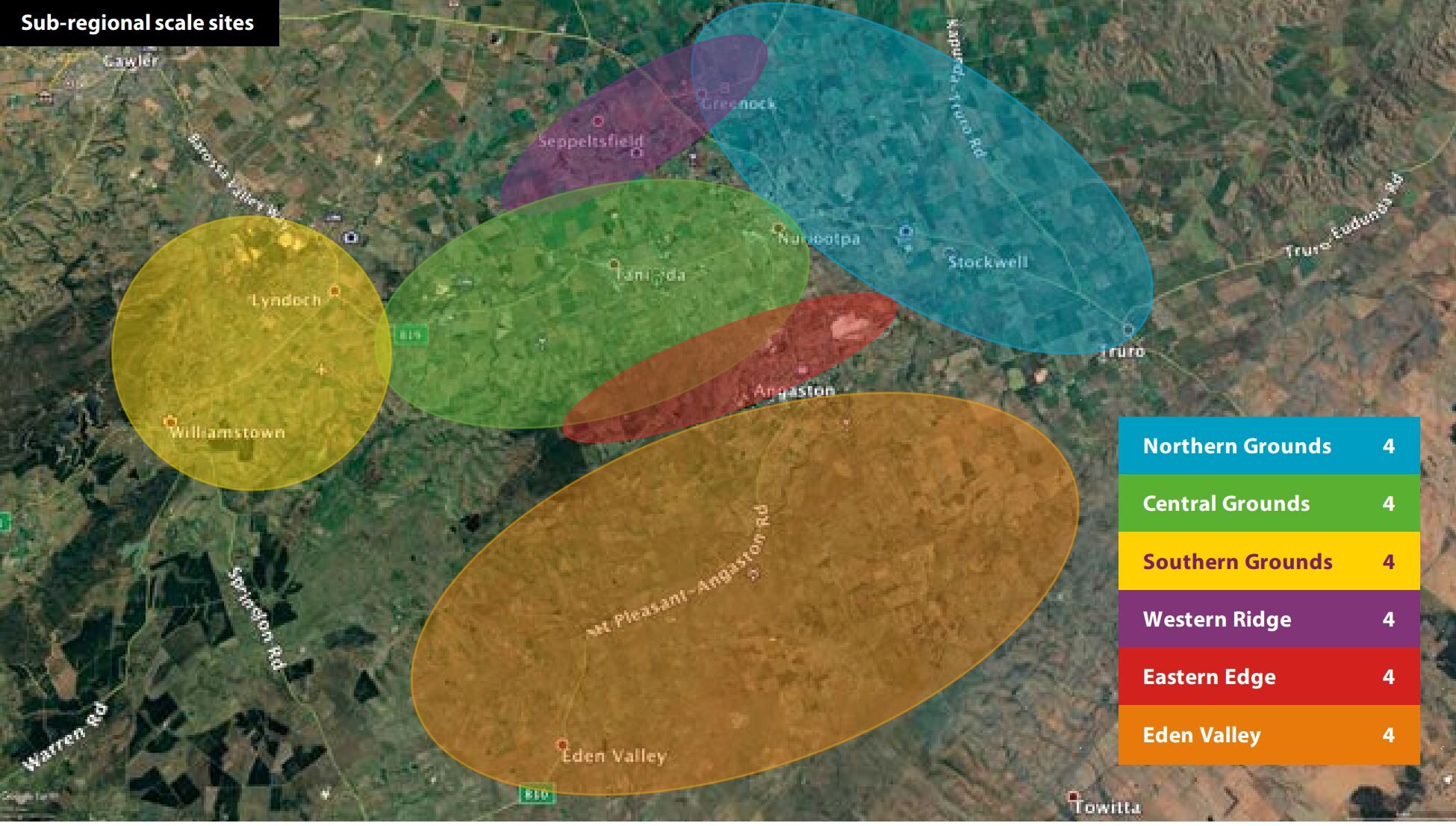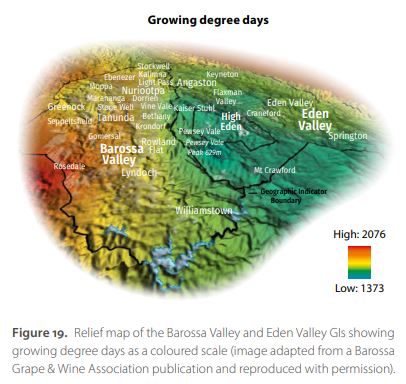Objective measures of quality and provenance in Australian vineyards
Project summary
This project builds on knowledge gained in Project AWR1202 which identified important chemical predictors for commercial grape quality grading. Based on this successful proof of principle study, there is interest from wine producers to further explore the potential of this approach, using commercial Shiraz vineyards.
This project will initially assess differences between two premium quality grades (Q2 and Q3) of Shiraz fruit and wine from 20 vineyards primarily within the Barossa Valley (with reference samples from other regions in SA). Fruit and wine will be sourced from industry partner, Pernod Ricard Winemakers (PRW), who have historically produced wines across a variety of quality grades, including ultra-premium. The aim is to establish chemical and spectral indicators which define Q2 and Q3 vineyards. Wines will be produced commercially from each vineyard and analysed compositionally and sensorially to determine differences in styles achievable. The primary output of the study will be the ability to determine the key chemical indicators associated with quality rating and wine style in premium Shiraz, and how they vary by quality grade and region. Secondary objectives are to identify vineyard or winery management options for shifting Q3 to Q2, and for reducing the cost of producing Q2 grapes.
From 2018, This project forms part of a new multi-agency collaboration to research Shiraz terroir across a range of scales, primarily in the Barossa Valley. At the sub-regional scale, 23 sites were monitored with fruit undergoing sampling for ripeness, yield assessment, chemical analysis and small-lot winemaking. These sub-regions were identified by the Barossa Grounds Project, and are classified as Northern Grounds, Central Grounds, Southern Grounds, Western Ridge, Eastern Ridge and the Eden Valley (Figure 1). The AWRI’s involvement in the project has been to perform multiple analyses of volatile and non-volatile compounds in the small-lot wines. In subsequent seasons, vineyard management interventions will be imposed on selected sites to determine the potential to optimise a site’s terroir. These management practices will aim to influence vine growth and development, and to establish a cause and effect for environmental impacts on fruit and
wine style.

Latest information
Defining the chemical composition of wines from the Eden Valley and Barossa Valley geographical indications
This collaborative project has completed its fourth and final season. Three years of wine compositional data from the Barossa sub-regions have been compiled. As in previous years, it was found that some discrimination of the Barossa Valley sub-regions could be developed using multivariate modelling of wine compositional data, but only the Eden Valley geographical indication (GI) could be consistently separated from the rest of the Barossa Valley GI over multiple seasons. Flavonoids and C6 volatiles were the two groups of compounds that were significant in describing the Eden Valley wines for each vintage studied. Combining two seasons’ data, strong seasonal differences in wine phenolics were found, with wines from the 2020 season having far lower anthocyanin, wine colour density and polymeric pigment than wines from 2019. 
Using historical grape compositional data to explore regionality
A number of studies have been conducted in recent years that involved a comprehensive assessment of Shiraz grape composition, in order to objectively predict wine quality and style outcomes. The compositional database built up over time was re-examined to assess if there is regional variation in Shiraz composition, and if so, to identify analytical approaches which might best discriminate the response of this variety to regional or sub-regional differences. Data on a range of targeted volatile and non-volatile compounds, as well as non-targeted near- and mid-infrared spectra, for grapes from the Riverland, Clare Valley and McLaren Vale were subjected to multivariate modelling. Data generated using both the targeted and non-targeted analytical approaches could discriminate the samples on a regional basis. However, a focused study in the Barossa Valley found that for the targeted analytical approach, within-vineyard variability exceeded between-vineyard variation for some measures, preventing discrimination of vineyards or sub-regions. However, using the data generated from multiple non-targeted analytical approaches, within-vineyard variation was substantially reduced. This enabled Shiraz vineyards to be better defined using a non-targeted ‘chemical fingerprint’ and showed some potential to discriminate the Barossa sub-regions. This suggests that certain aspects of grape chemistry are more sensitive to site- or region-specific variables than others. Further work could seek to identify individual compounds, or classes of compounds, which most consistently define the terroir response for Shiraz. Using the results of this study, new methods could be developed to quantify the relevant grape or wine metabolites identified using the non-targeted approach, in order to apply these more broadly in studies seeking to objectively characterise terroir.
Project Contact
Keren Bindon
Find out more
AWRI Report – Exploring the potential for grape objective measures to predict wine grade and style

